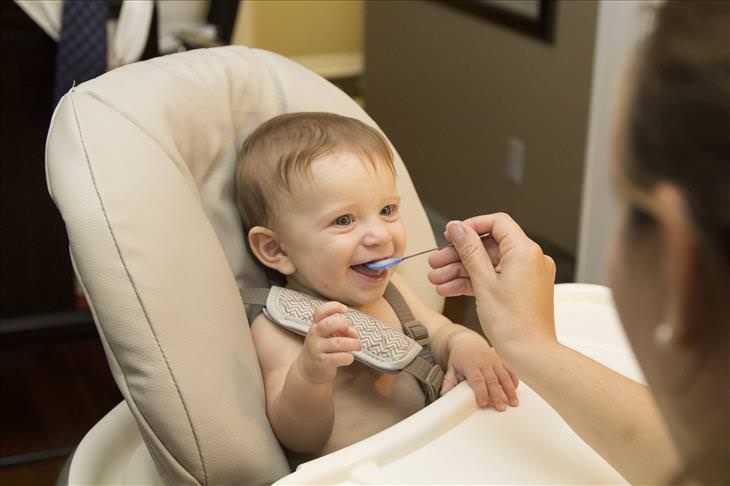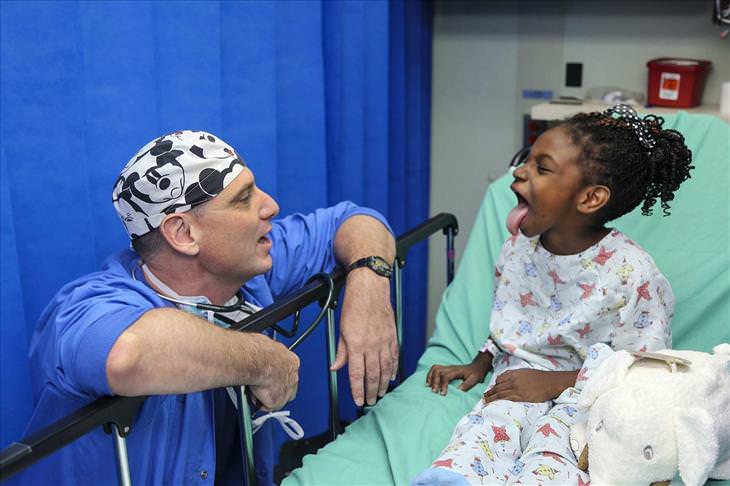
Does your baby have trouble nursing? Are feeding sessions lasting longer than half an hour? Do they choke when nursing or eating? Do they spit up frequently? Cry at mealtime? Seem uncomfortable? Are they not gaining enough weight or maybe suffering from failure to thrive (FIT)? Does your baby or child refuse to eat? The following article is for those who have to deal with these problems.
When a baby is born, the concern for its proper eating is central to its care and constitutes an important element in the relationship between the mother and the newborn. Sucking, nursing, and swallowing are an important part of the baby's development and experience in life. With that being said, swallowing disorders are most common in newborns and infants. Sometimes they continue until the age of two and then they decrease considerably. As adults, their frequency rises again.

The struggle for optimal feeding and proper swallowing begins with birth and the subject is highly complex and requires special expertise. At the beginning of life, the baby does not eat but is fed. Try to imagine someone feeding you and not taking your organizational abilities into consideration. In addition, at this early stage of life, there is no dialogue, meaning that the baby can only cry but cannot explain their distress in words.
Infant swallowing disorders are characterized by the fact that a baby cannot describe their difficulty in swallowing, and cannot make any changes in the swallowing process on demand. The baby has difficulty timing their breathing and swallowing if anything goes wrong, therefore a swallowing disorder can be seen as a breathing disorder due to inhalation of food into the respiratory tract where choking and other breathing problems such as tightness in the chest can be experienced and also seen as a swallowing disorder.
In infants, difficulty in swallowing can cause energy loss with relative ease and disrupt life-threatening failure to thrive. In addition, infants and young children can develop an eating disorder and during this period of life, an eating disorder can simulate swallowing disorder and vice versa. Swallowing disorders are becoming more and more common because today, with the advancement of medicine, newborns who would not have survived in the past now do, such as premature babies, babies with congenital malformations, cerebral palsy, and more.
When there is difficulty in feeding a baby or small child, many are the counselors and plentiful are the pieces of advice. In practice, these consultations are not given out of knowledge and the ability to specifically diagnose the individual baby, but out of beliefs, despite the ignorance in this field. Too often the problem is explained by a milk allergy, tongue tie, or "reflux," which means that food goes back in the opposite direction from the stomach to the esophagus, and sometimes even to the pharynx.
Primary reflux may be due to a gastric esophageal disorder but in many cases secondary reflux, for example, improper ingestion can cause the baby to take in air while swallowing. Air pressure in the stomach can cause reflux and more. Unfortunately, the term "reflux" is constantly heard by non-professionals, as any problems swallowing or constant spit up is mistakenly diagnosed as a reflux. Many infants and babies who have been mistakenly diagnosed with reflux may have a different problem that can be properly resolved.

Common causes of swallowing difficulties are immaturity of the swallowing mechanism and anatomical variation that can lead to different ratios of tongue, jaw, and lips. For example, the way a child’s mouth is built may not fit the structure of the mother's nipples or of common bottle nipples. The synchronization between breathing and eating is more problematic, as a baby can have problems breathing through their nose, or finds it difficult to synchronize their breathing with their swallowing, and therefore, finds it difficult to compensate for the swallowing difficulties by changing the way they swallow as an adult would.
In many cases, there may be no visual evidence of congenital malformations or any other cause, but there is difficulty in swallowing and the baby spits up or refuses to eat. However, there are hidden defects that those who are not experts will not be able to see. In other cases, there are known problems such as neurological disorders including cerebral palsy, congenital malformations, some of which are known as cleft lip or open cleft palate. Often the solution given is changing nipples to one that fits better or diagnosis and treatment of eating disorders such as refusal to eat. The rate of newborns and infants suffering from swallowing disorders of varying degrees of severity is quite high and its implications for parents and babies’ health are very significant.
Diagnosis of swallowing disorders requires specific knowledge and expertise in this field. Non-diagnosis can cause great frustration to the parents, unnecessary hospitalization, tube feeding, severe morbidity and even feeding through an opening in the abdominal wall directly to the stomach (enteral feeding or gastronomy feeding). Every year in all parts of the world, children are unnecessarily fed through gastrostomy, and only because of a lack of a professional body to diagnose a swallowing disorder and offer a correct solution. Swallowing and drinking properly requires coordination of the lips, tongue, mouth, palate, throat, upper esophagus, and neck. It should be remembered that swallowing disorders can be a symptom of serious and sometimes dangerous diseases of which early diagnosis is essential.

